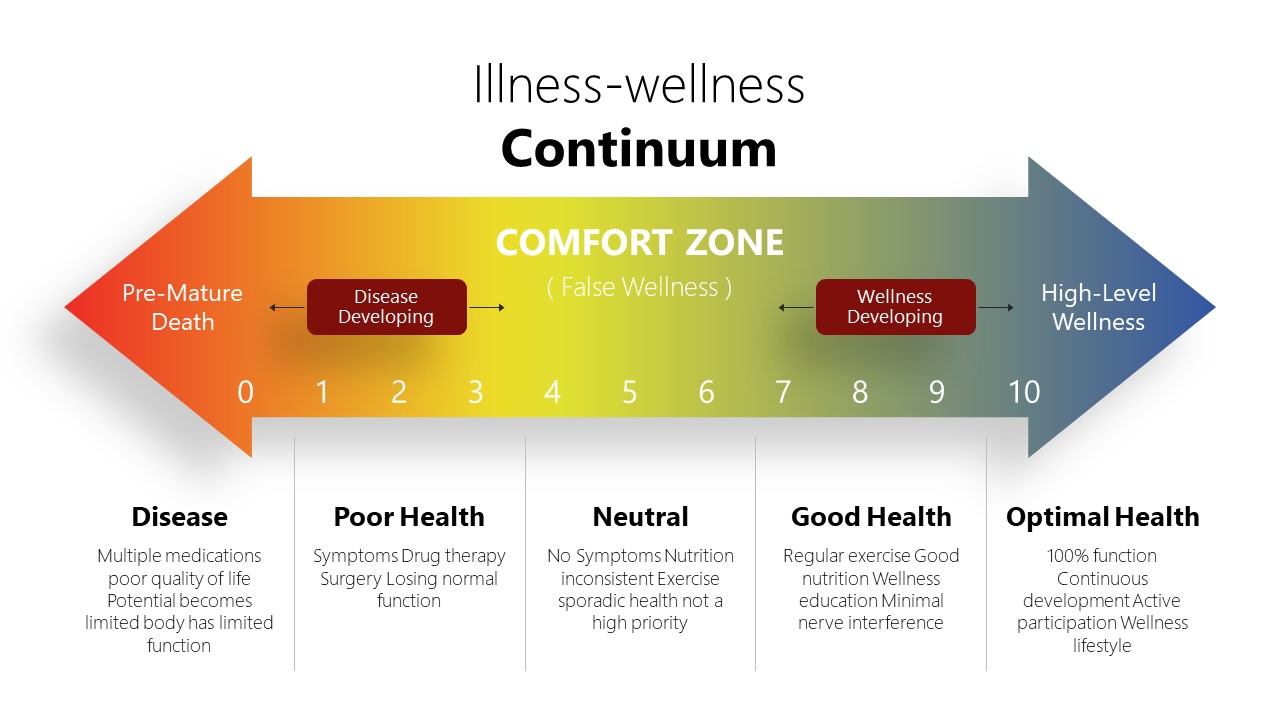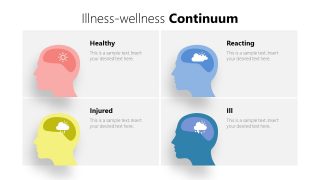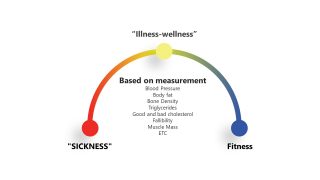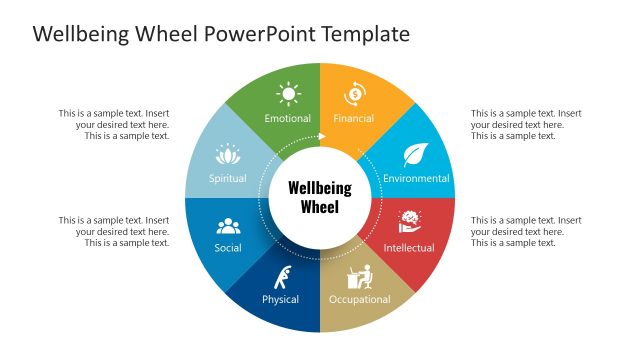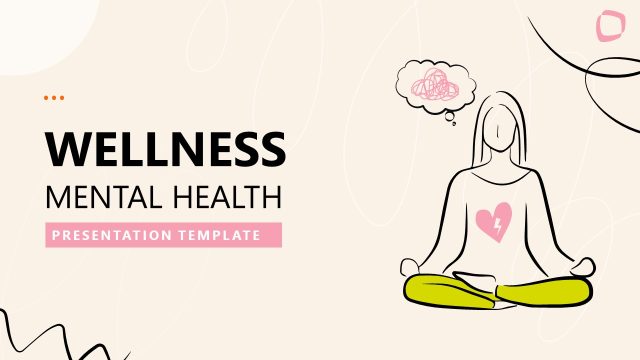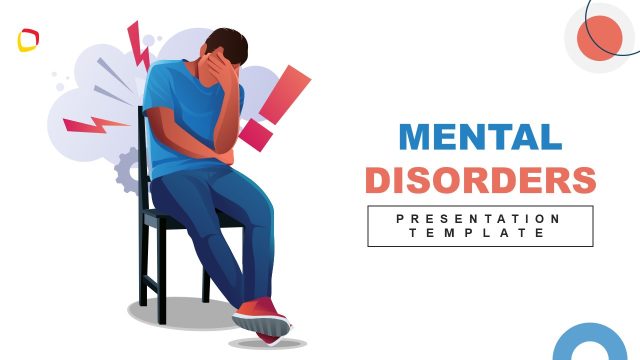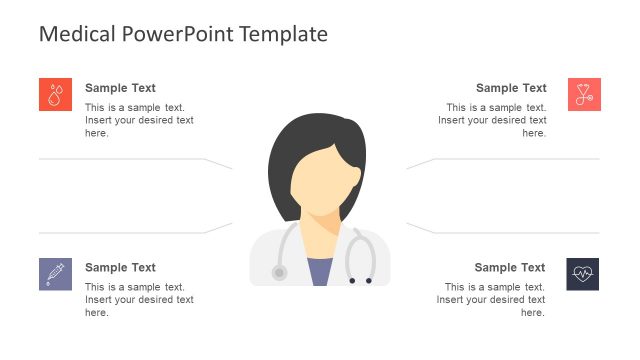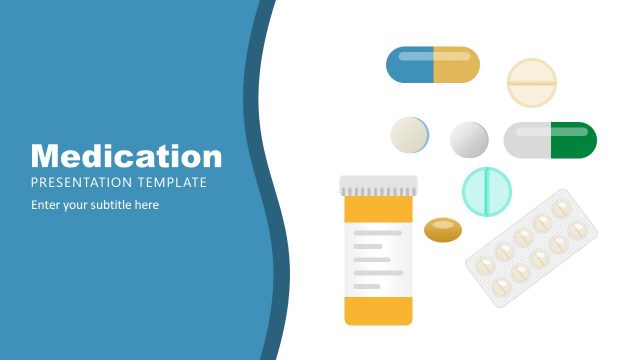The Wellness Continuum PowerPoint Template
The Wellness Continuum PowerPoint Template features the alternative medicine concept introduced by John W. Travis. This presentation provides four diagram templates to describe the overall state of wellbeing. These diagrams provide a famous wellness-illness continuum in the shape of two-way arrows. The additional PowerPoint diagram templates include a 2×2 matrix and gauge/ speedometer template to measure wellness. Moreover, the eye-catching colors and clipart will help in an effective and engaging presentation about the Illness-Wellness continuum.
The concept of Illness-Wellness Continuum states that there are many degrees of wellness as well as illness. The absence of physical symptoms is not sufficient to show wellness. For example, an individual may suffer from depression, anxiety, or low self-esteem. The visual illustration of wellness continuum in PowerPoint display degrees of illness on left slide and wellness on right.
The two arrows represent spectrums as pre-mature death on left and high-level wellness on right. The comfort zone in the middle is a neutral point where there is no visible illness. To achieve wellness, one must move further along the continuum towards an optimal emotional and mental state. The Illness-Wellness continuum suggests that high-level wellness can be achieved through awareness, education, and growth. On the other side, health can get worse by signs of illness, symptoms, and disability. Sometimes it is represented as a wellness wheel.
The Wellness Continuum PowerPoint Template consists of fully editable diagrams. These PowerPoint diagrams let users customize colors and text to visualize topics ranging from disease, poor, neutral, good, and optimal health. The matrix of illness wellness continuum includes human head silhouette and use of weather symbols to describe wellness state. Whereas, the gauge diagram is a simple 3-stage measure of sickness, illness-wellness (false wellness), and fitness.
The Wellness Continuum diagram templates could be used by healthcare and HR professionals to promote healthy lifestyle. For example, use the treatment paradigm and wellness paradigm for recovering patients.
